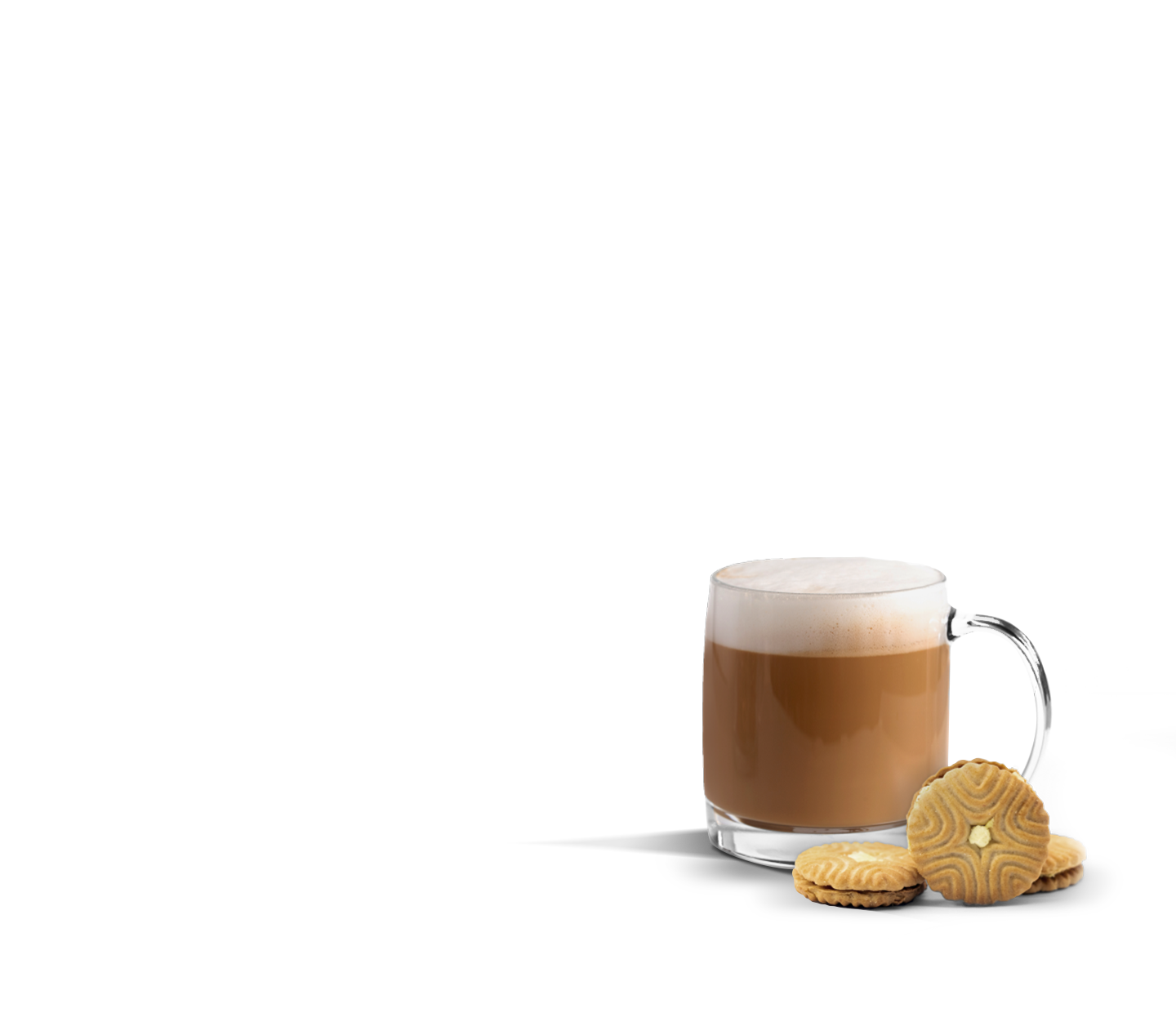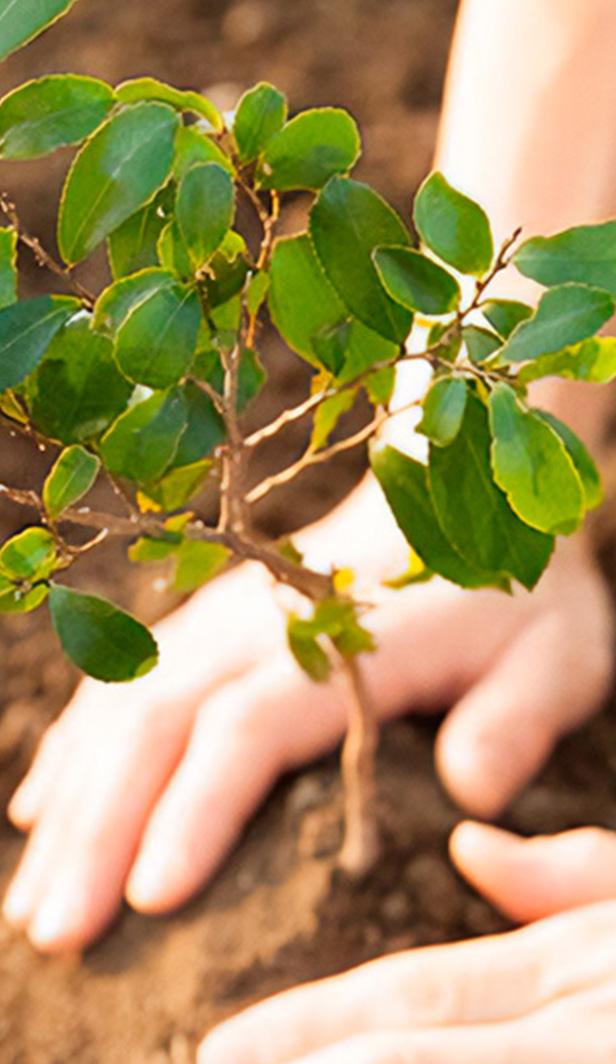Make your moment more uplifting
A latte or caffè latte is a milk coffee that boasts a silky layer of foam as a real highlight of the drink. A true latte will be made of one or two shots of espresso, steamed milk and a final, thin layer of frothed milk on top. These elements combined result in a balanced milky coffee that's aesthetically pleasing with a smooth texture.
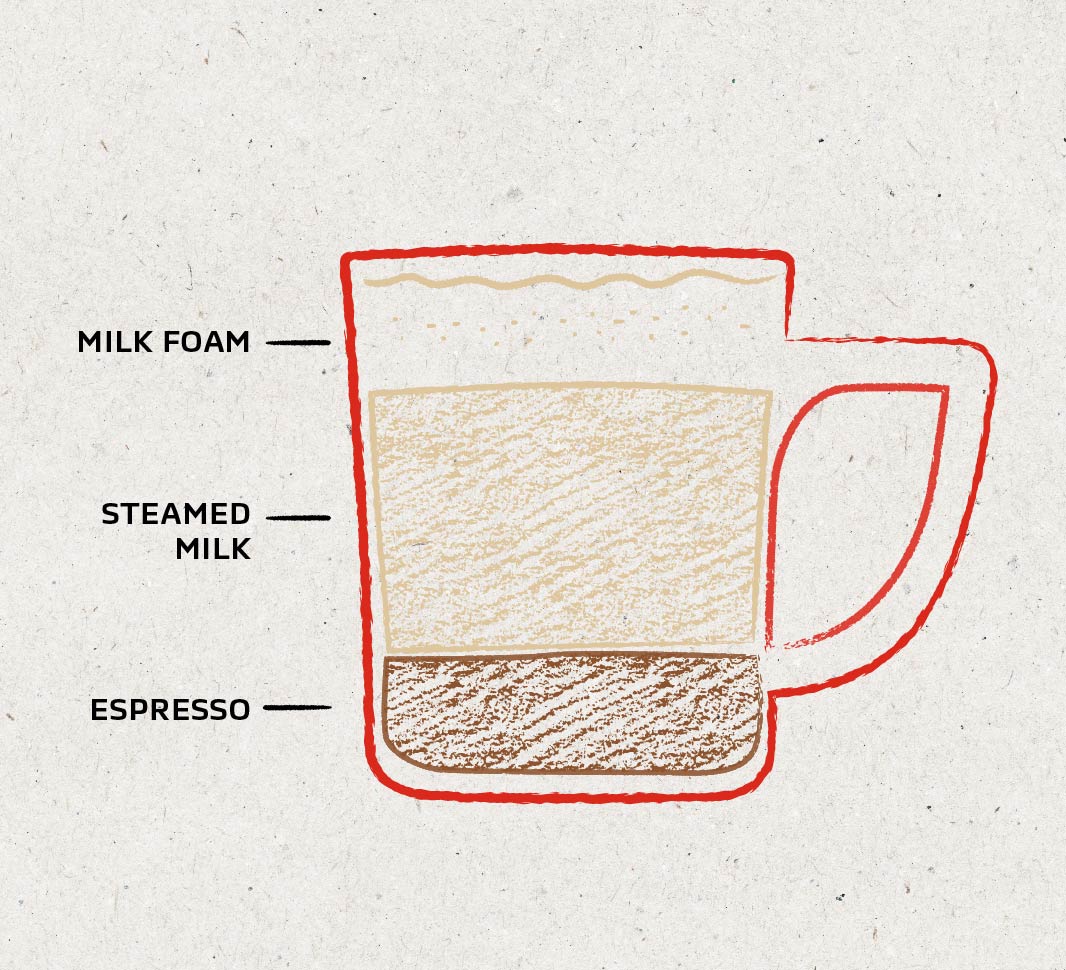
Latte origins
The origins of the latte aren’t very clear as people have been combining coffee and milk for centuries. However, the silky beverage that we know today is thought to originate in America, hitting the peak of popularity in Seattle during the 80’s.
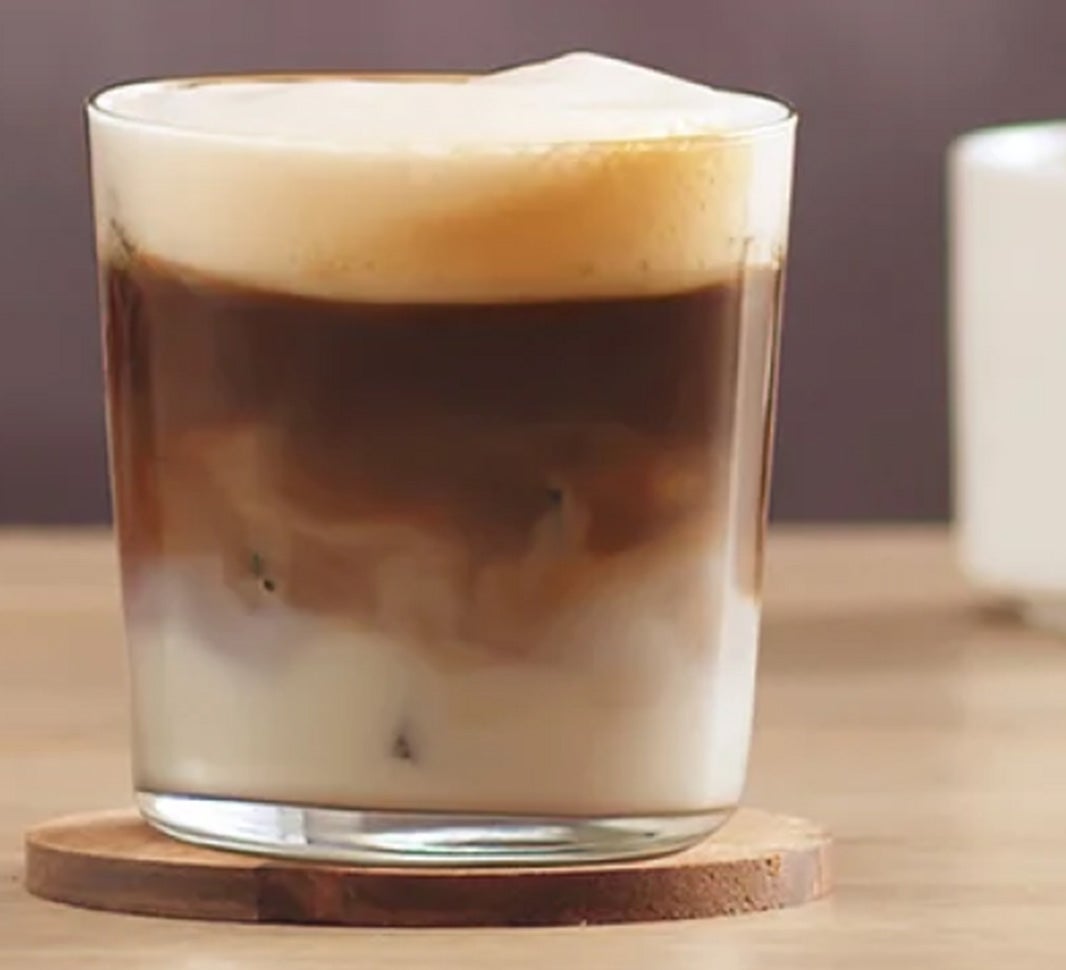
A latte or caffè latte is a milk coffee that is made up of one or two shots of espresso, lots of steamed milk and a final, thin layer of frothed milk on top.
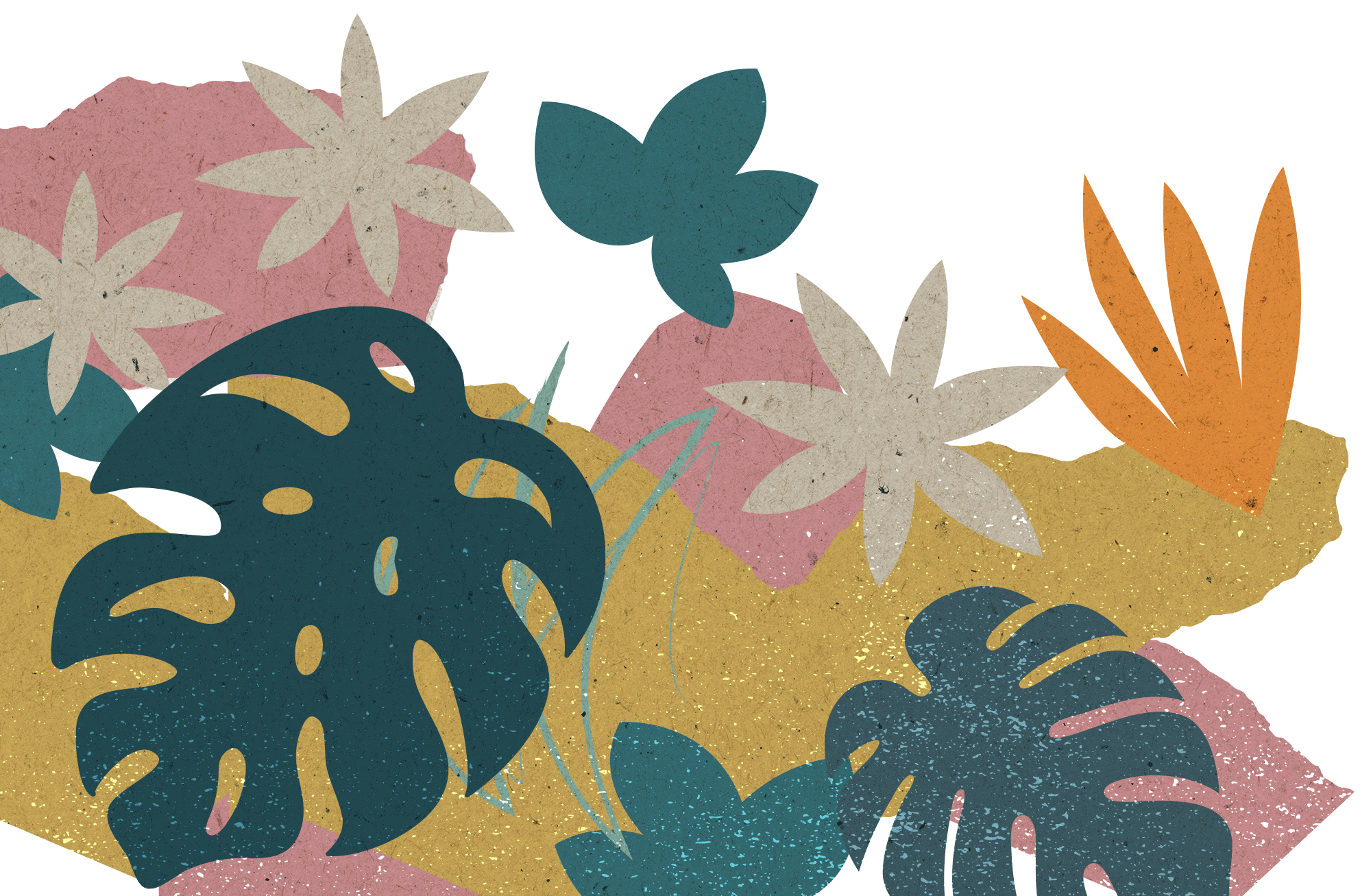
Latte vs cappuccino — what's the difference?
Despite the latte being such a popular choice, it’s often confused with a cappuccino as they’re both frothy coffees. But they are very different drinks. A latte is creamier, with espresso and steamed milk mixed together to create a more subtle taste. A cappuccino on the other hand is much stronger with equal parts steamed and foamed milk. It’s also customary in most places to serve a cappuccino with a dusting of chocolate on top.
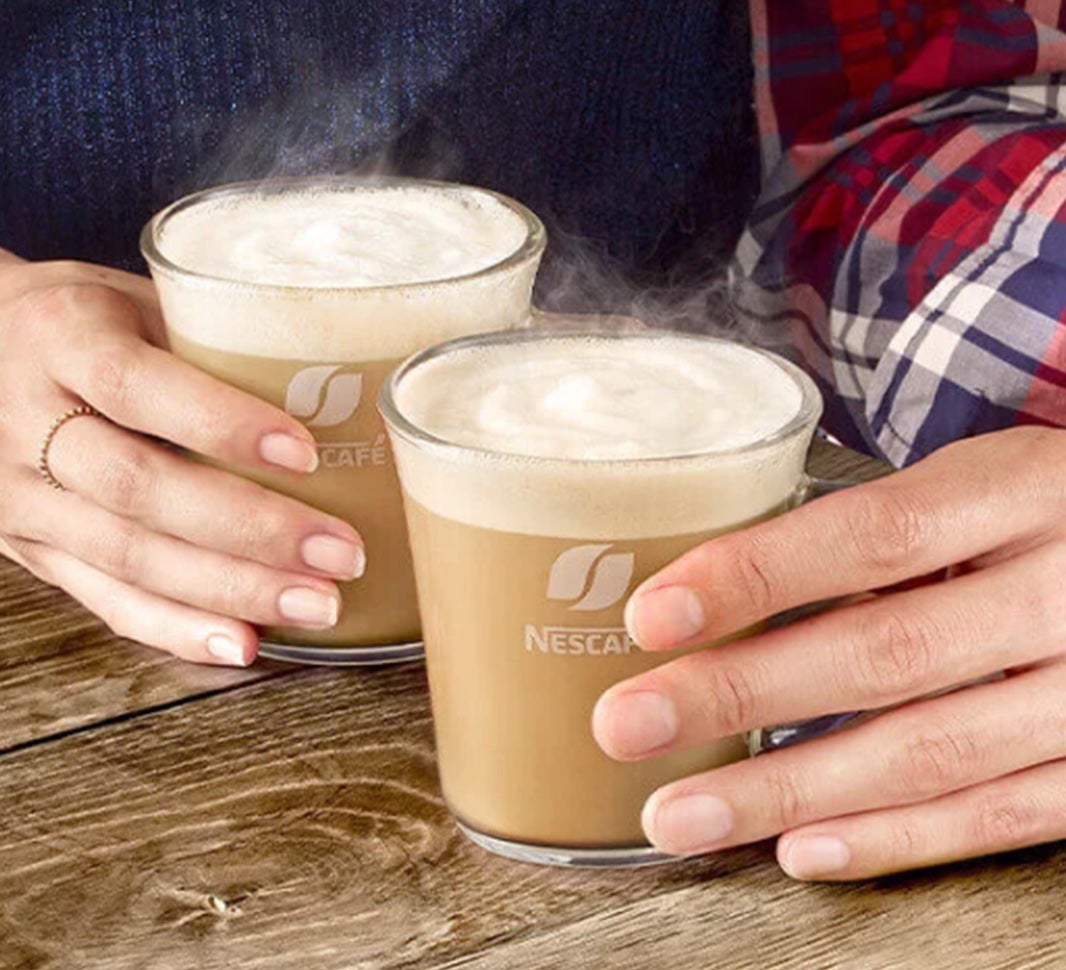
Today’s community favourites
Discover some of the most enjoyed articles from across the site


